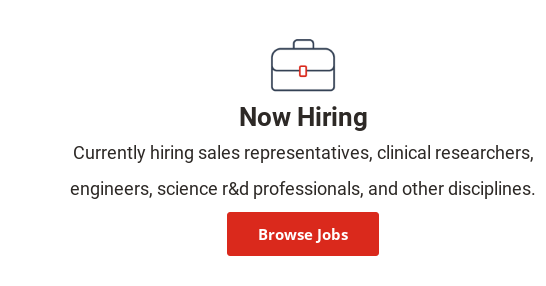After Five Potential Blockbuster Wins This Year, Novartis Sees 25 More on Its Horizon
Lucarista / Shutterstock
Over the course of the past year, Novartis has seen significant success with the approval of five drugs that have blockbuster potential and the company sees an additional 25 potential blockbuster drugs in its pipeline.
During an R&D Day presentation, the Swiss pharma giant touted that it has the number one most valuable pipeline according to external rankings. The company has more than 500 ongoing clinical trials with 160 different projects in clinical development, 16 of which are advanced platform therapies. Over the course of the next two years, Novartis anticipates more than 80 major submissions to regulatory agencies around the world, the company said during its Thursday presentation in London.
Over the course of this past year, the company has seen approvals for multiple sclerosis drug Mayzent, spinal muscular atrophy gene therapy Zolgensma, Piqray for breast cancer, Beovu in wet AMD and Adakveo for sickle cell disease. Each of these drugs has the potential to achieve blockbuster status, annual sales of more than $1 billion.
“Novartis had a year of breakthrough innovation in 2019, with five potential blockbuster NME (new molecular entity) approvals. The near term brings yet another catalyst-rich period with pipeline progress across the portfolio that can sustain long-term growth,” Novartis Chief Executive Officer Vas Narasimhan said in a statement.
Since taking over as CEO, Narasimhan has revamped the company with a significantly increased R&D focus on oncology and gene therapies, which are seen as revenue drivers of the future. That reshaping of the company also included the culling of one-fifth of Novartis’ research programs. On Thursday, Narasimhan said the company’s operational focus is “beginning to show results” by including accelerated timelines, reducing costs and improving productivity without “compromising quality.”
“We look forward to delivering new transformational treatment options to patients and continuing to reimagine medicine to address some of the world’s greatest unmet healthcare needs,” he added.
Data shared at the R&D Day reflect information touted earlier this year at the company’s Meet Novartis Management event.

Novartis said it has become a leader in the areas of cell, gene and radioligand therapies. Each of the platform focuses has a deep pipeline of investigational drugs or new indications, with a total of 16 advanced platform therapies now in clinical development, the company said. In those areas, the company has made inroads with the acquisitions of Advanced Accelerator Applications and Endocyte.
Novartis plans on seeking new indications for existing drugs in order to maximize their potential. For example, Novartis will seek approval for 10 new indications over the next 10 years for its top-selling drug Cosentyx. Future potential indications include non-radiographic axial SpA, hidradenitis suppurativa, giant cell arteritis and lupus nephritis. For Beovu, which was launched in October in the U.S., Novartis said it will explore its potential in diabetic macular edema and retinal vein occlusion. Piqray, which was approved this year for breast cancer patients with a PIK3CA mutation, the company plans to seek approval for five new indications, including PIK3CA-relative overgrowth syndrome, for which it has already received Breakthrough Therapy and Orphan Drug designations from the FDA.
Through 2021, Novartis also expects to launch a minimum of 10 Phase III trials each year. Also, Novartis said its late-stage pipeline has Phase III readouts and launches on the horizon that are expected to drive near- to mid-term growth. Launch preparations are underway for ofatumumab, a B-cell depleting treatment for relapsing multiple sclerosis. Fevipiprant, an oral therapy for asthma and Lu-PSMA-617 a radioligand therapy for prostate cancer, have upcoming Phase III readouts and the potential to change standard of care, the company said. By the end of 2021, the company is eying a potential filing for ligelizumab, a treatment for chronic spontaneous urticarial. Additionally, the company’s recruitment is ahead of schedule for clinical studies of canakinumab, an IL-1 beta mAb for non-small cell lung cancer.
Following the R&D Day, Novartis announced positive data from its Phase III asthma drug, QMF149. Data from the pivotal 52-week readout showed QMF149 met the primary endpoint of lung function improvement and key secondary endpoint of asthma control improvement versus mometasone furoate.
Not unexpected, Novartis did see the FDA approve a generic version of its multiple sclerosis drug, Gilenya. The FDA’s decision marks the first generic for that medication.
